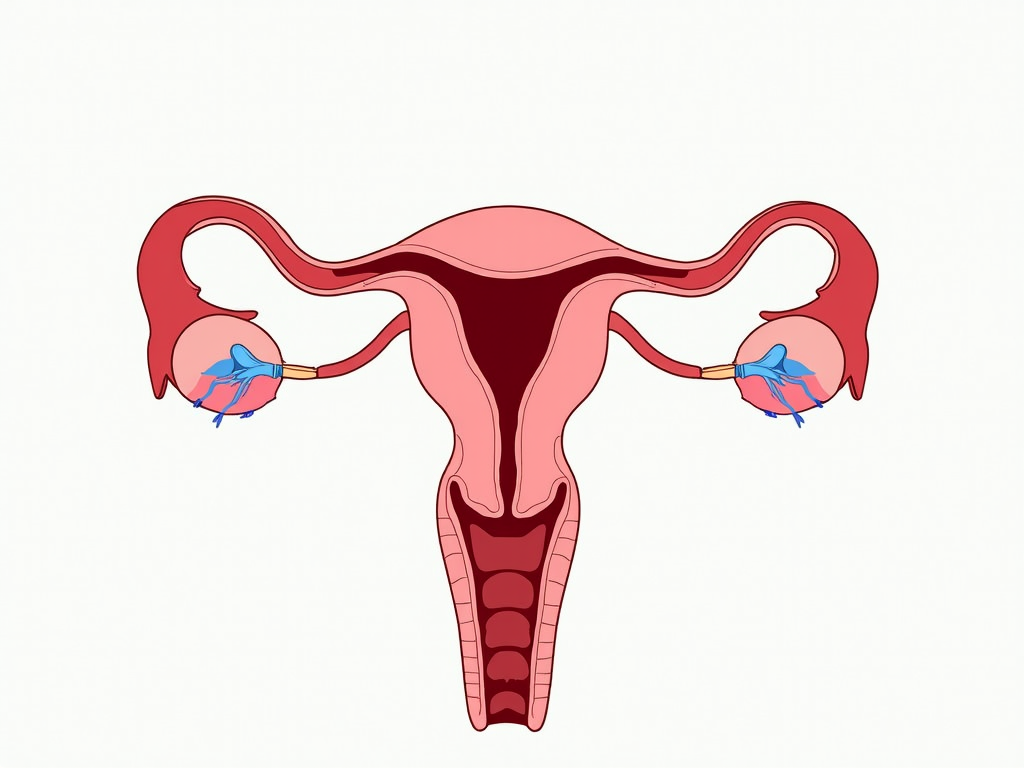How to Diagnose Oligospermia: Your Step-by-Step Guide
June 4, 2025, 5:24 p.m.
Wondering how to diagnose oligospermia? This article breaks down the process of identifying this common cause of male infertility. From initial signs to detailed tests, we’ll cover what you need to know in a simple, approachable way.
What Is Oligospermia?
Oligospermia means a man has fewer sperm in his semen than normal. Experts say a healthy sperm count is above 15 million sperm per milliliter. If it’s lower, it can make getting pregnant harder. It’s a big reason behind infertility for many couples.

This condition doesn’t shout its presence with obvious signs. You might not feel any different. But it can quietly affect your chances of starting a family. That’s why understanding how to diagnose oligospermia is so important.
Recognizing the Signs
Oligospermia itself doesn’t come with flashing warning lights. The main clue? Trouble conceiving after a year of trying. Some men might notice other hints, like changes in sex drive, but those aren’t common. If pregnancy isn’t happening, it’s time to check sperm count.

How to Diagnose Oligospermia: The Process
Diagnosing oligospermia starts with a simple test called semen analysis. It’s the gold standard for figuring out if low sperm count is the issue. Let’s walk through the steps so you know exactly what to expect.
Step 1: Preparing for the Test
Your doctor will give you a heads-up on how to get ready. It’s pretty straightforward but important:
- Abstain: No ejaculation for 2-5 days before the test.
- Avoid: Skip alcohol and caffeine for a few days.
- Check meds: Tell your doctor about any medications you’re taking.
These steps help ensure the sample shows the real picture.

Step 2: Collecting the Sample
You’ll head to a clinic or fertility center. They’ll give you a private room and a sterile cup. The sample comes from masturbation—yes, it might feel awkward, but the staff are pros at making it no big deal. Just follow their instructions to keep it clean.
Step 3: Analyzing the Results
The lab checks your sample for a few key things. Here’s what they look at:
| Factor | Normal Range |
|---|---|
| Sperm Count | >15 million/ml |
| Motility | >40% moving |
| Morphology | >4% normal shape |
If your count is below 15 million, it points to oligospermia. One test might not tell the whole story, so they could ask for another sample later.

What Happens Next?
Got a diagnosis? Don’t panic. Oligospermia doesn’t mean the end of your parenthood dreams. Your doctor will dig deeper—maybe blood tests for hormones or an ultrasound to check your reproductive system. They’ll figure out why your count is low and suggest fixes, like lifestyle tweaks or treatments.
Some guys improve their sperm count by cutting out smoking or eating better. Others might need help from fertility experts, like IVF (in vitro fertilization). The World Health Organization says millions of men face this, and many still become dads.

A Real Couple’s Story
Take Mike and Lisa. They’d been trying for a baby for 18 months with no luck. Mike felt nervous about the semen test, but he went for it. The result? Low sperm count. It hit him hard, but Lisa said, ‘At least we know now.’ They worked with a doctor, adjusted Mike’s diet, and started treatment. A year later, they were expecting.
That’s the thing—diagnosis isn’t the end. It’s the start. Knowing gives you power to act. I’ve talked to guys who felt embarrassed at first but were glad they took the step. It’s normal to feel unsure, but you’re not alone in this.

Tips to Make It Easier
Feeling jittery about the process? That’s okay. Here’s what helps:
- Talk it out: Share your worries with your partner or doctor.
- Prep ahead: Ask questions before the test day.
- Stay positive: A low count isn’t a dead end—treatments work wonders.
The more you know, the less scary it feels.
Why It Matters
Catching oligospermia early can save time and stress. Infertility affects about 1 in 6 couples, per the CDC, and men play a role in half those cases. Testing isn’t just about numbers—it’s about taking charge of your future.

Summary
Learning how to diagnose oligospermia opens the door to tackling male infertility head-on. It starts with a semen test, followed by expert guidance on next steps. It’s not always easy, but it’s a path millions walk—and many succeed. You’ve got this.